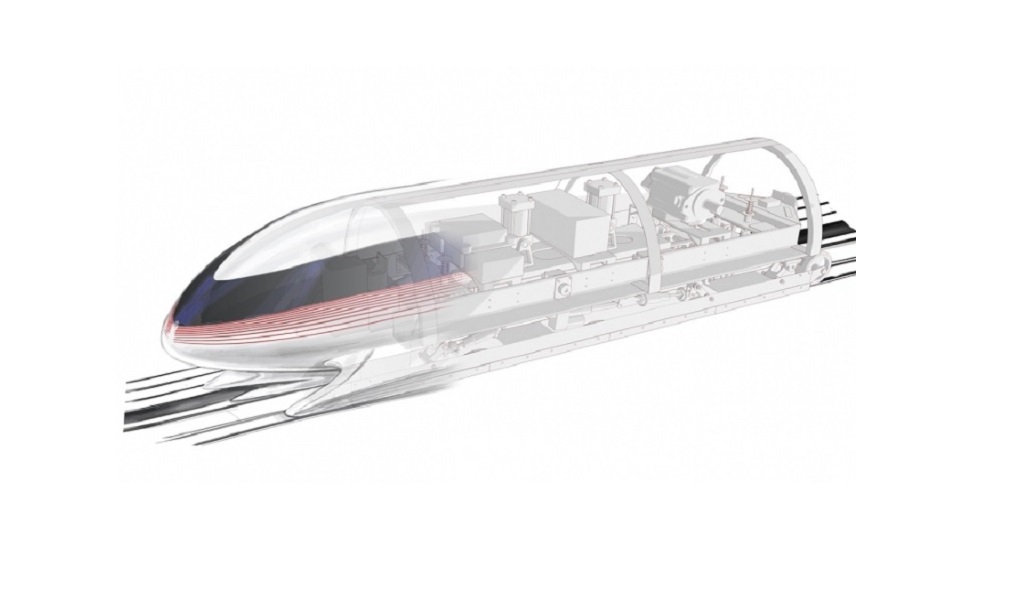
The Hyperloop, a conceptual high-speed transportation system put forward by SpaceX and Tesla Motors co-founder Elon Musk, is one step closer to being a reality. The technology proposes a way to transport “pods” of 20 to 30 people through a 12-foot diameter tube at speeds of roughly 700 mph.
A New Mode of Transportation
Saturday, student engineers from the Massachusetts Institute of Technology, based in Cambridge, Massachusetts, won a competition to design and build Musk’s proposed concept.

The teams were judged on a variety of criteria, including innovation and uniqueness of design; full Hyperloop system applicability and economics; level of design detail; strength of supporting analysis and tests; feasibility for test tract competition; and quality of documentation and presentation.
The primary goal of the MIT Hyperloop Team is as follows:
(i) successfully demonstrate a scalable levitation technology, and (ii) safely achieve a cruise speed greater than 100 m/s (Mach 0.3). To achieve these goals, our proposed pod is approximately 2.5 meters long and uses permanent magnet arrays for electrodynamic levitation.
The competition, hosted at Texas A&M University in College Station, gathered more than 1,000 college students. In total, more than 100 university teams presented design concepts to a panel of judges over the weekend.

Delft University of Technology from The Netherlands finished second, the University of Wisconsin third, Virginia Tech fourth and the University of California, Irvine, fifth.
Breaking Ground
Twenty-two of the top teams will build their pods and test them at the world’s first Hyperloop Test Track, which is being built next to SpaceX’s Hawthorne, California headquarters.
Hyperloop Transportation Technologies plans to break ground this year on the 5-mile, $150 million track that will serve Quay Valley, a real-estate development in California. It could start carrying passengers as soon as 2018.